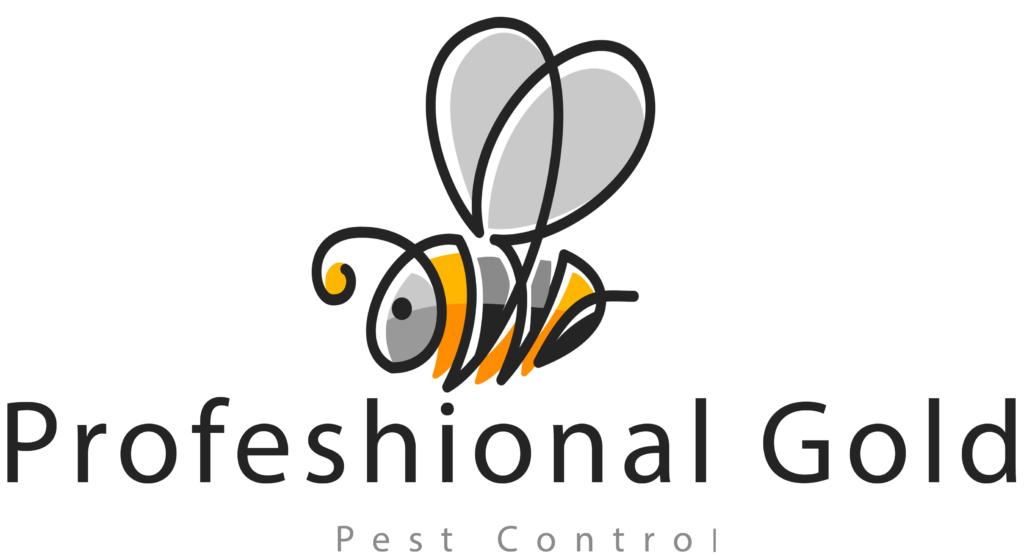Houseflies Control
Houseflies (Musca domestica) are a species of insects belonging to the order Diptera. Houseflies live close to humans all over the world and are the most common and widespread among fly species. Houseflies are found in domestic environments, urban and rural areas.
Harms of Houseflies
1. Disease transmission
– Bacterial diseases: Flies can transmit bacteria that cause diseases such as typhoid, cholera, and dysentery.
– Viral diseases: Flies may transmit viruses that cause diseases such as viral hepatitis and polio.
– Parasitic worms: Flies can transmit eggs or larvae of parasitic worms that infect the human digestive system.
2. Food contamination
– Flies move between decaying organic matter and waste to food, leading to food contamination with microbes and germs.
3. Annoyance and noise
– Flies cause annoyance due to their constant flying and annoying sound, which affects people’s comfort and sleep.
4. Allergy
– Flies may cause skin irritation or allergic reactions in some people due to contact with the skin or food.
Control of house flies at Professional Gold Company:
1. Maintain cleanliness
– Continuous cleaning: Clean the house regularly, especially kitchens and places where food is prepared.
– Disposal of garbage: Remove garbage regularly and cover garbage cans tightly to prevent flies from reaching them.
2. Use physical barriers
– Fans: Install fans on windows and doors to prevent flies from entering.
3. Use traps and tools
– Sticky traps: Use sticky traps to attract and capture flies.
4. Chemical control of house flies
Chemical control is one of the effective means of controlling house flies (Musca domestica), especially when other methods are insufficient or when rapid intervention is needed. Chemical control includes the use of a range of materials and insecticides that target the elimination of adult flies, their eggs and their pupae.
Types of chemical pesticides
1. Liquid insecticides
– Repellent pesticides: These pesticides contain chemicals that help repel flies from targeted areas. They are usually used in places such as kitchens and bathrooms.
– Liquid killer pesticides: They contain active ingredients that kill flies when they come into contact with the treated surface or are inhaled.
2. Dry pesticides
– Powders: They are used in dry places such as cracks and crevices between floors and walls. They contain chemicals that stick to flies and lead to their death.
3. Attractive pesticides
– Toxic baits: They contain materials that attract flies and lead to their death when they eat the bait. They can be used in areas where flies are abundant, such as garbage cans.
